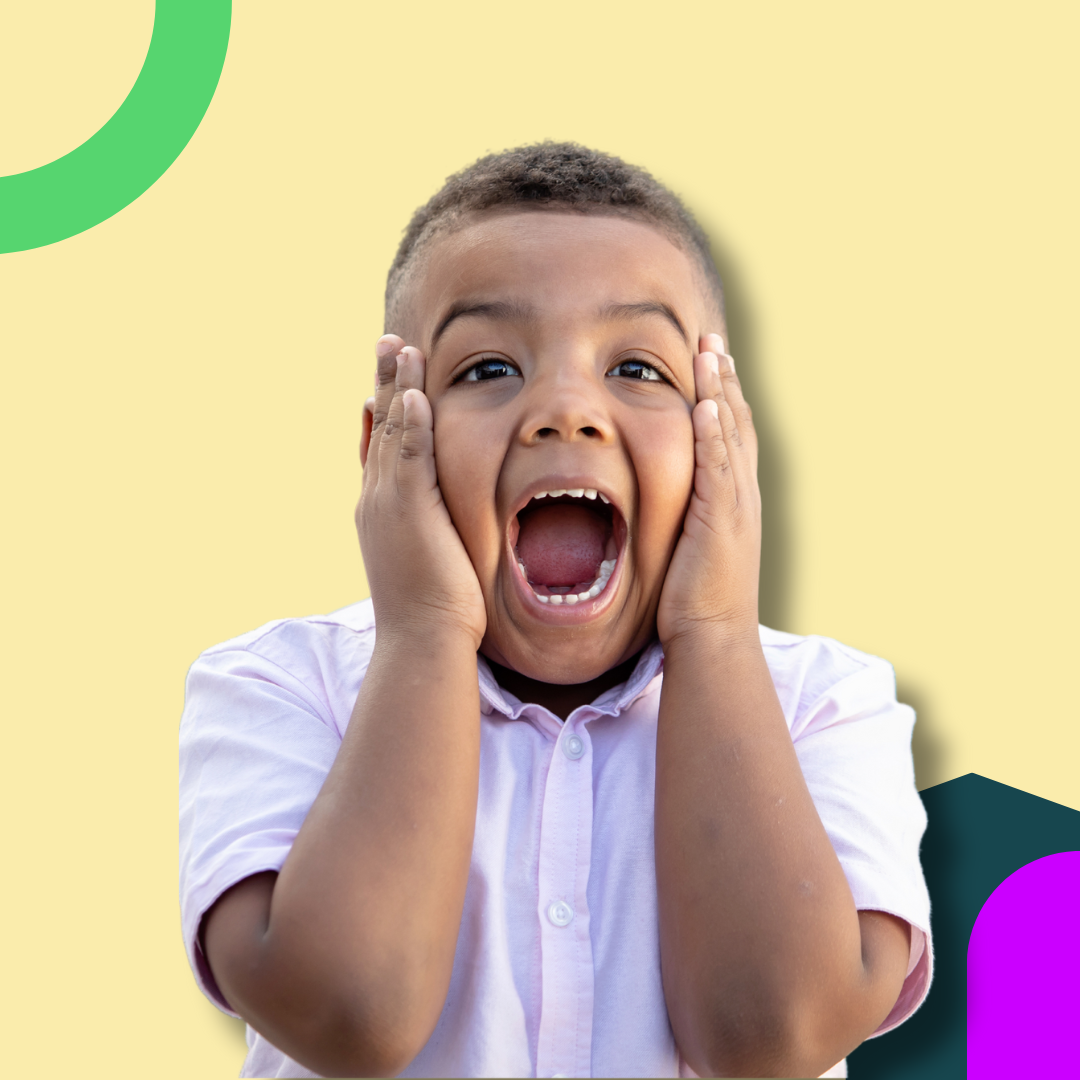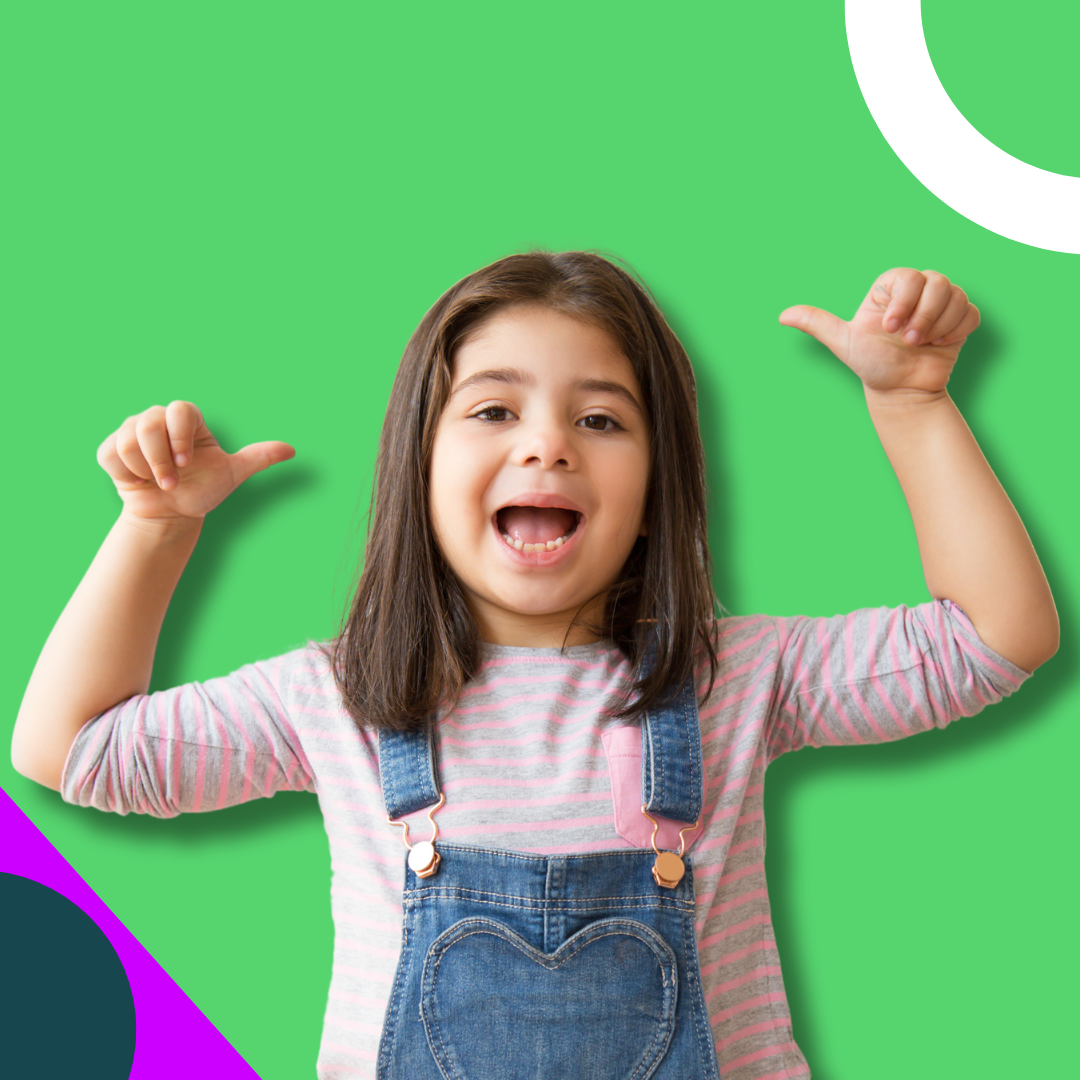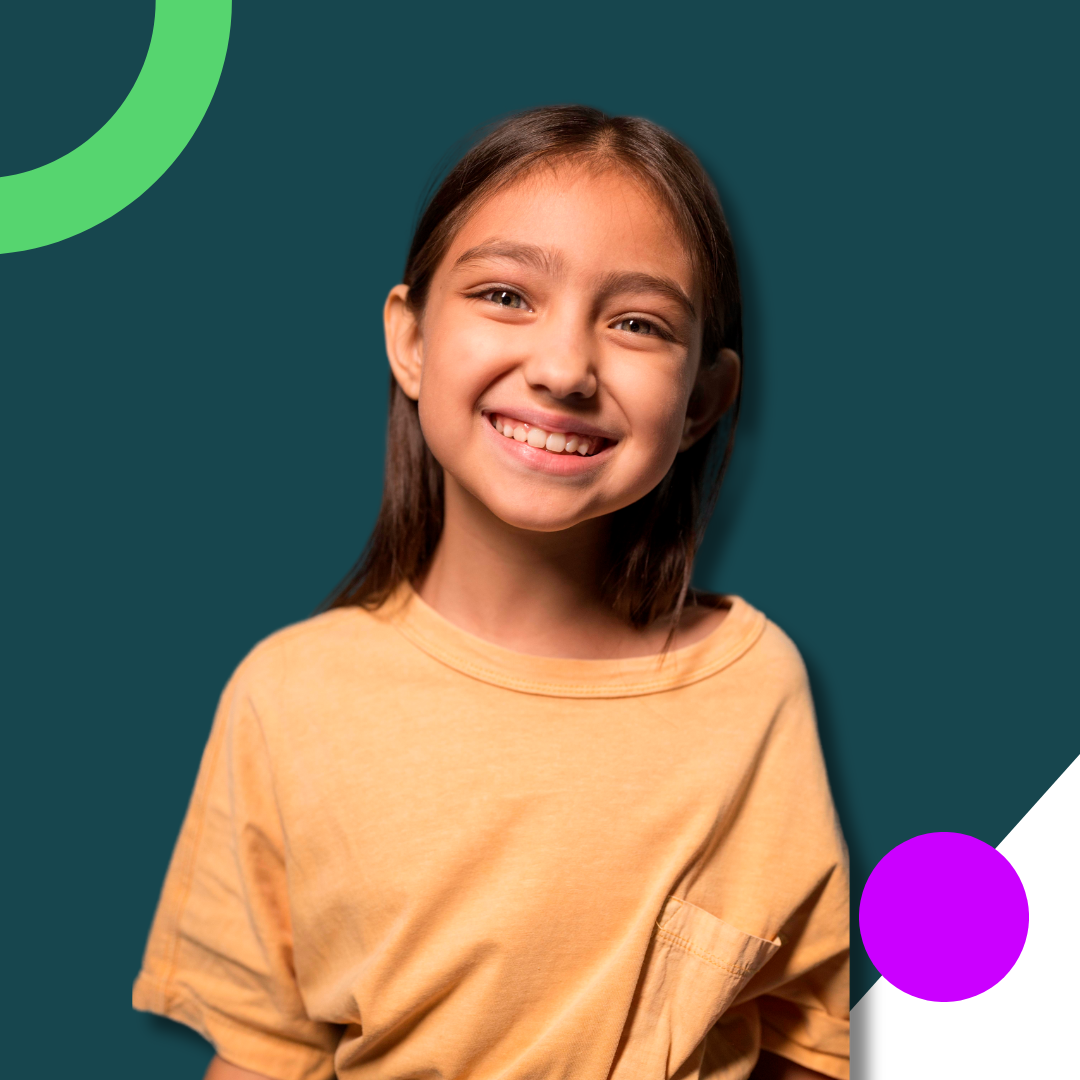Before we start this lesson, it’s crucial to understand the importance of not labelling the children as it might have some negative consequences. We can change it from “the bully “to “the child who bullies” and from the “victim” to “the child that was bullies”. If we continue to call them “bullies” and “victims” it might send the message that their behavior cannot change. It might also disregard any other factors like peer pressure.
-Victims, Bullies, and bystanders, etc….
The child who bullies: These children exhibit bullying behavior towards their peers, which may be influenced by various risk factors. They often need support to modify their behavior and address any underlying challenges contributing to their actions. These risk factors divided into 2 personalities:
- Some are well-connected to their peers, have social power, are overly concerned about their popularity, and like to dominate or be in charge of others.
- Others are more isolated from their peers and may be depressed or anxious, have low self-esteem, be less involved in school, be easily pressured by peers, or not identify with the emotions or feelings of others.
Children who are more likely to bully also might have these factors: aggressive, irritable, think badly of others, difficulty following rules, view violence in a positive way, have friends that bully as well, and have less parental involvement or issues at home.
The child who gets bullied: These children are subject to bullying behavior. Certain factors increase their vulnerability to being bullied, though not all children with these traits will necessarily experience bullying.
Victims might have one or more of the following risk factors:
- Are perceived as different from their peers, such as being overweight or underweight, wearing glasses or different clothing, being new to a school, or being unable to afford what kids consider “cool”
- Are perceived as weak or unable to defend themselves
- Are depressed, anxious, or have low self esteem
- Are less popular than others and have few friends
- Do not get along well with others, seen as annoying or provoking, or antagonize others for attention
Bystanders: These children stay detached from the bullying incident. They neither encourage the bullying nor stand up for the bullied child. Some might observe without taking sides or giving feedback, yet their presence could inadvertently fuel the bullying behavior
Children who Assist: These kids don’t initiate or lead bullying, but they support and sometimes participate in the behavior alongside the bullies.
Children who Reinforce: These kids aren’t directly involved in bullying, but they act as an audience by laughing or giving encouragement to those who bully. This can perpetuate the bullying.
Children who Defend: These kids actively support and comfort the bullied child, and they may intervene to protect them when bullying happens.
Let’s further explain the roles above with a hypothetical example:
Layla is a 16-year-old that is a little shy and is an introvert. Layla gets picked on by Ahmed every time they attend gym class as he always mocks her. Ahmed always has the help of his friend Ali while the rest of their group, Mohamed and Ragy don’t participate nor defend even though they don’t like what they’re doing to Layla. Usually, a nice and brave classmate, Habiba, defends Layla whenever she is there.
In the previous scenario Layla is the child that gets bullied, Ali is the child that reinforce or assist depending on the situation, Ahmed is the child that bullies. Habiba is the child that defends, and Mohamed and Ragy are the bystanders that are afraid to defend.
Check out this awesome video about celebrities that were subjected to bullying:








